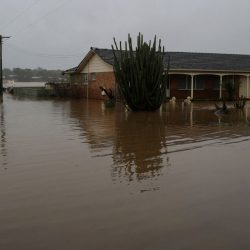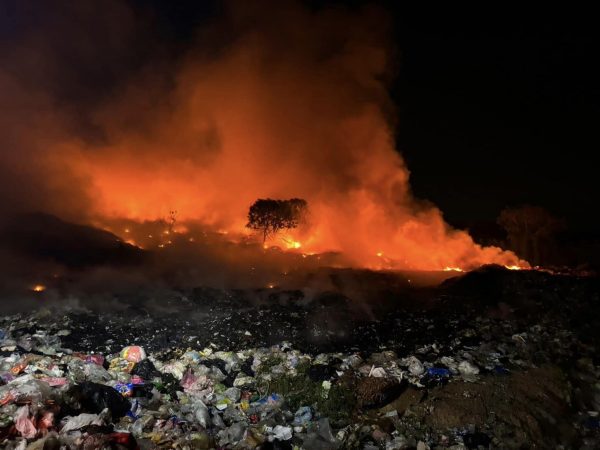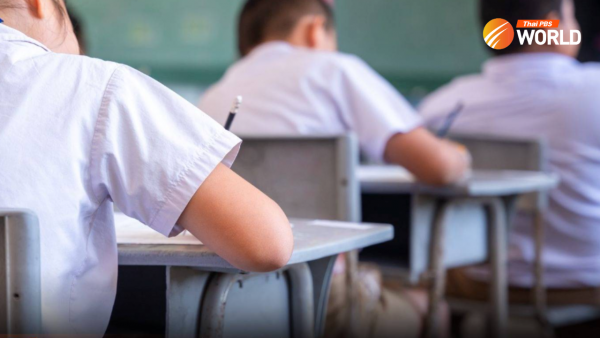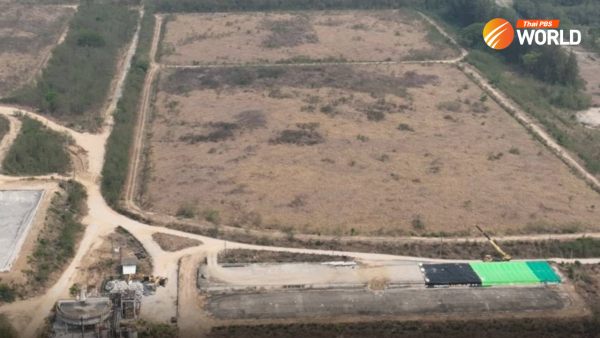Damaged by the deluge

The rainy season may soon give way to winter. But a massive amount of floodwater remains and continues to rise both in depth and width, putting many historic monuments and temples across Thailand extremely vulnerable to water damage.
More than 80 beautiful archaeological sites and historical temples around Thailand could be underwater, warns the Fine Arts Department of Thailand, after a wet season that has seen the country hit by tropical storms and a stronger-than-usual monsoon.
Recently, the tropical depression Noru submerged northern and northeastern provinces, as well as numerous historical and archaeological sites. According to Thailand’s Fine Art Department, the large amount of water has put eight historical sites in grave danger.
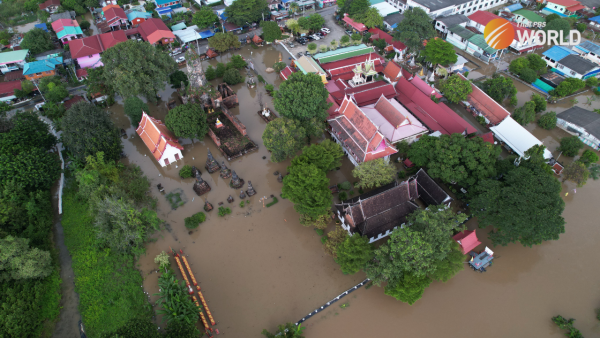
In Thailand’s north, the historic settlement and archaeological site of Wiang Kum Kam in Chiang Mai has been under water for months.
Located south of Chiang Mai’s old town and close to the Ping River, Wiang Kum Kam is also known as the underground ancient city. It was an early Lanna Kingdom settlement, and served as the Lanna capital in the 13th century before being abandoned due to flooding in the 16th century. As history often repeats itself, it seems that Wiang Kum Kam appears to be underwater at all times.
Lately, more than 20 archaeological sites and temples around Wiang Kum Kam have been engulfed by water for months, and they’re now extremely vulnerable to water damage.
Meanwhile, in Surin province in Thailand’s northeast, the Fine Arts Department’s archaeological team is keeping an eye on Prasat Tamon. The eighteenth-century pagoda, built during the Lao-Siamese War, could collapse after a long period of flooding.
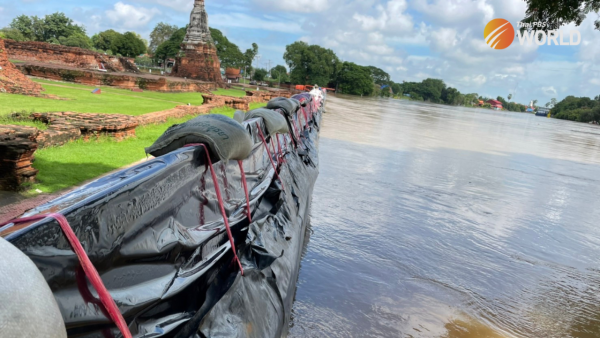
The rise of the Chao Phraya River
Heavy rainfall has also threatened major historical sites in Thailand. The Fine Arts Department is now working around the clock to save the World Heritage Site in Ayutthaya province.
According to the officials, all major historical sites on Ayutthaya Island are safe from flooding. Sandbag flood walls are constructed around historic buildings and cultural relics to keep the water at bay. Furthermore, these historic monuments have been restored and preserved with structural strengthening so that they do not collapse into the ground. When the floodwaters recede, conservationists will begin restoration work.
However, the historic buildings outside the Ayutthaya Island are at high risk of flooding because they’re located in a low-lying area.
The barriers were built along the Chao Phraya River at Wat Chaiwatthanaram, a seventeenth-century temple and one of the province’s most visited historical sites. According to reports, the barrier can hold water no higher than 50 centimeters. If the Chao Phraya rises higher and spreads wider, the seventeenth-century temple will be underwater.
Other historical sites in Thailand, such as Sukhothai, Si Satchanalai, and Chiang Saen, were also threatened by heavy rain. However, the water could be quickly drained.
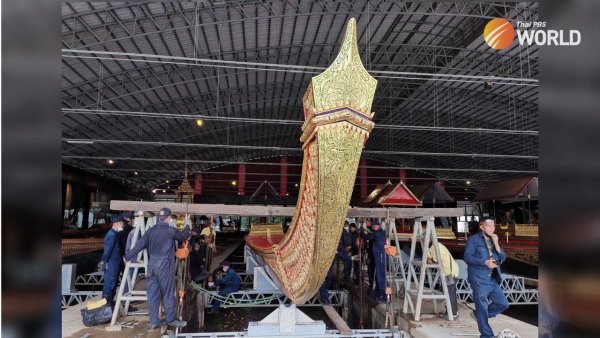
Raising the vessels
In Bangkok, the National Museum of Royal Barges is also threatened by flooding as the Chao Phraya River rises. The Fine Arts Department, in collaboration with the Naval Dockyard Department, is working on structural strengthening. All royal barges have been hauled up to the maximum level. Those planning to visit the museum should call 0 2424 0004 ahead of time. The museum is occasionally closed due to the flooding situation.
The seasonal monsoon in Thailand will last until the end of October.


